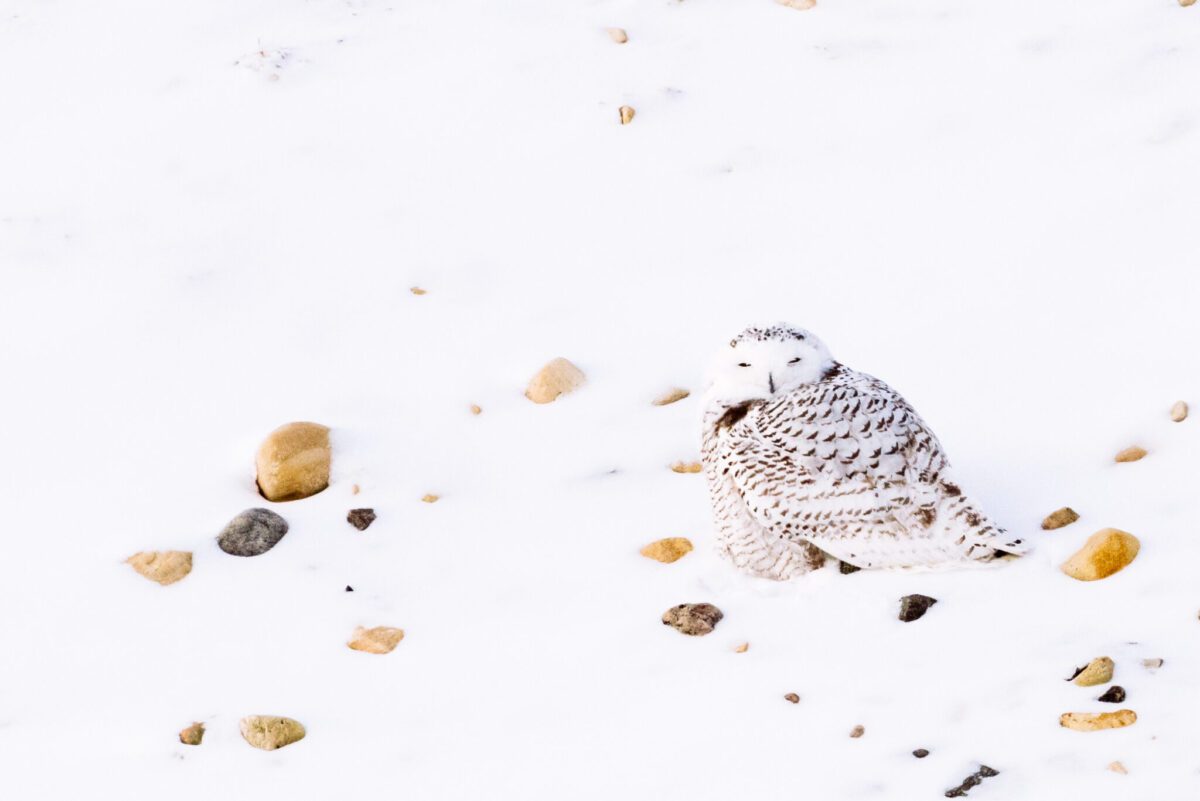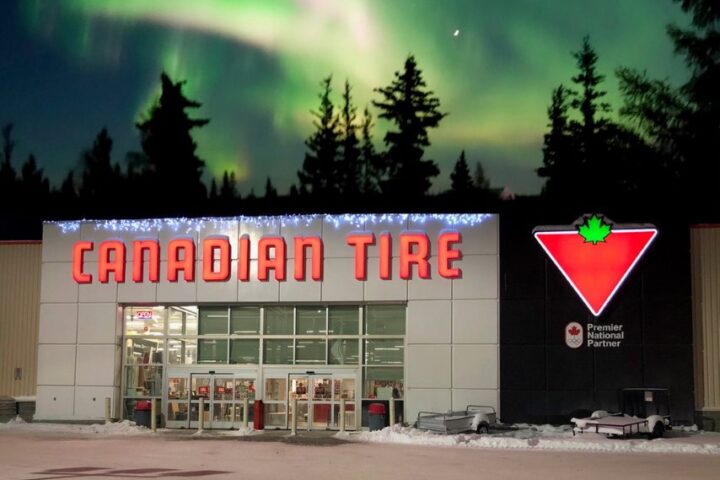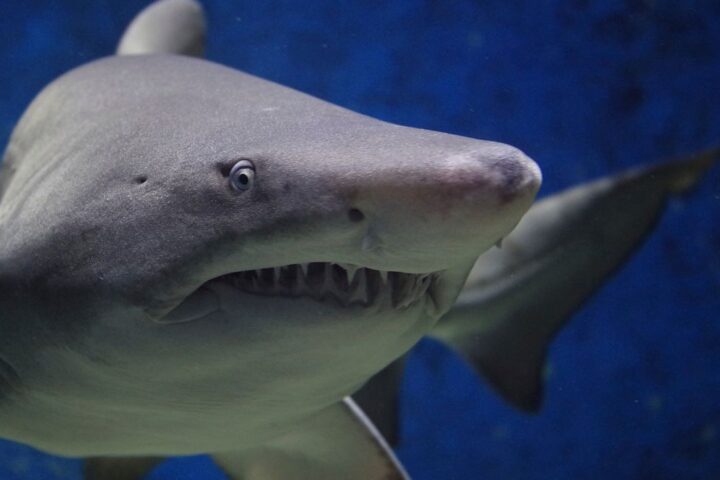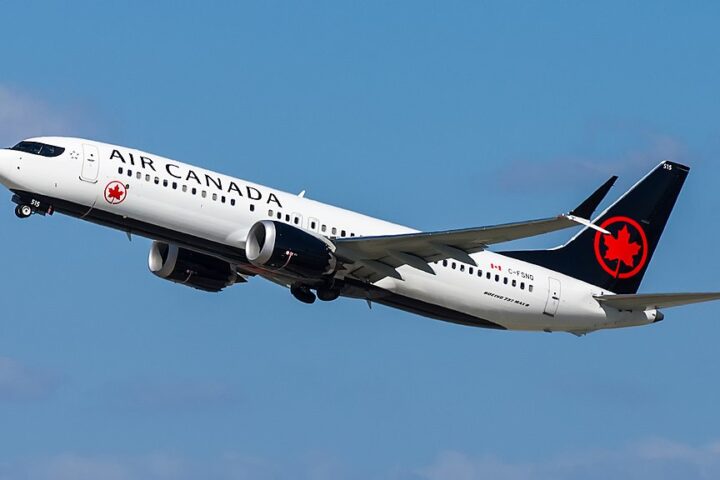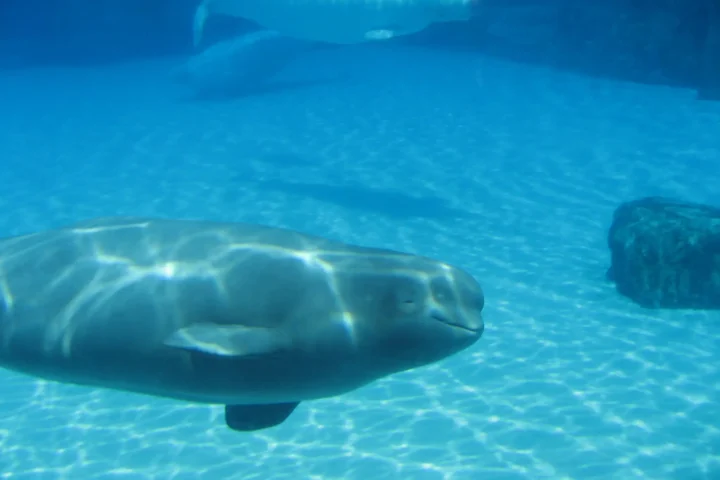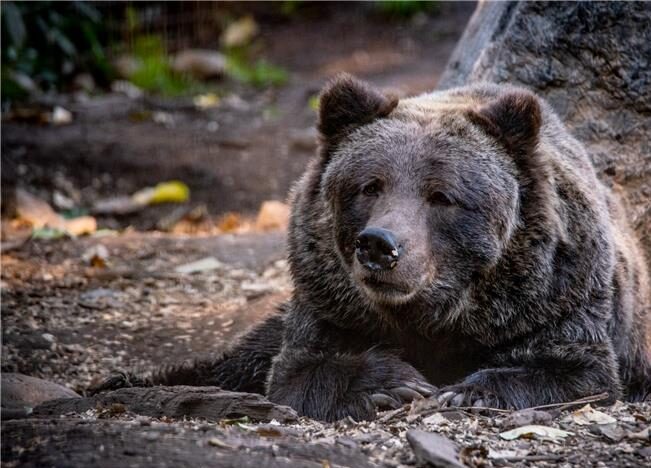Canada’s wildlife populations have fallen by 10% on average since 1970, according to the latest Living Planet Report Canada released by WWF-Canada. This marks the steepest decline documented since reporting began nearly two decades ago.
The 2025 report draws on the most comprehensive dataset yet, tracking 5,099 population records across 910 species—representing more than half of all vertebrate animals in the country. The findings paint a concerning picture: more than half (52%) of these species are decreasing in abundance.
“These trends are nature’s warning light,” says James Snider, WWF-Canada Vice President of Science. “Once declines start, they become harder to reverse. We need to scale up conservation efforts, not roll back environmental safeguards.”
The report shows all major animal groups—birds, fish, mammals, reptiles and amphibians—experienced falling numbers on average. Some habitats face particularly severe challenges. Grassland wildlife has plummeted by 62% since 1970, while forest mammals have declined by 42%.
Species already listed on the global IUCN Red List of Threatened Species saw a 43% average population drop, suggesting Canada’s wildlife losses may be contributing to worldwide extinction risks.
The report uses the Canadian Living Planet Index (C-LPI), also known as the Canadian Species Index, which sets 1970 as the baseline (value 1.0). Any number below this baseline indicates decline. The C-LPI serves as a key tracking tool for Canada’s 2030 Nature Strategy, which aligns with international commitments to halt and reverse biodiversity loss by 2030.
Not all news is grim. Some species show encouraging recoveries linked to focused conservation efforts. Sea otters and several raptor species have seen population increases, demonstrating that targeted protection measures can work.
Similar Posts
“We are interconnected with wildlife and the natural world,” says Megan Leslie, WWF-Canada CEO. “What happens to wildlife happens to us. When we degrade habitat, we weaken the natural systems that support both wildlife and our economy.”
The snowy owl provides a recent example of wildlife under pressure. In May, it was assessed as threatened, joining species like burrowing owls and various bat and salmon populations that have faced long-term declines.
The report highlights that small, gradual declines build over time, making populations increasingly vulnerable to threats. As wildlife numbers drop, the challenges of recovery grow.
Experts warn against weakening environmental protections while fast-tracking development. Instead, they call for better integration of nature considerations in decision-making processes, stronger environmental safeguards, and recognition of Indigenous rights and stewardship.
The full Living Planet Report Canada 2025 includes detailed analysis of threats facing different habitats and identifies priority areas for protection and restoration. It emphasizes that despite the documented declines, recovery remains possible with proper intervention.
“Though nature in Canada is declining, it is not beyond saving,” Snider notes. The report serves as both a scientific assessment and an urgent call to protect and restore the habitats wildlife depends on before trends become irreversible.
The Canadian Species Index will continue tracking progress toward Canada’s biodiversity targets, measuring whether conservation actions are sufficient to halt and reverse the documented wildlife losses by 2030.
